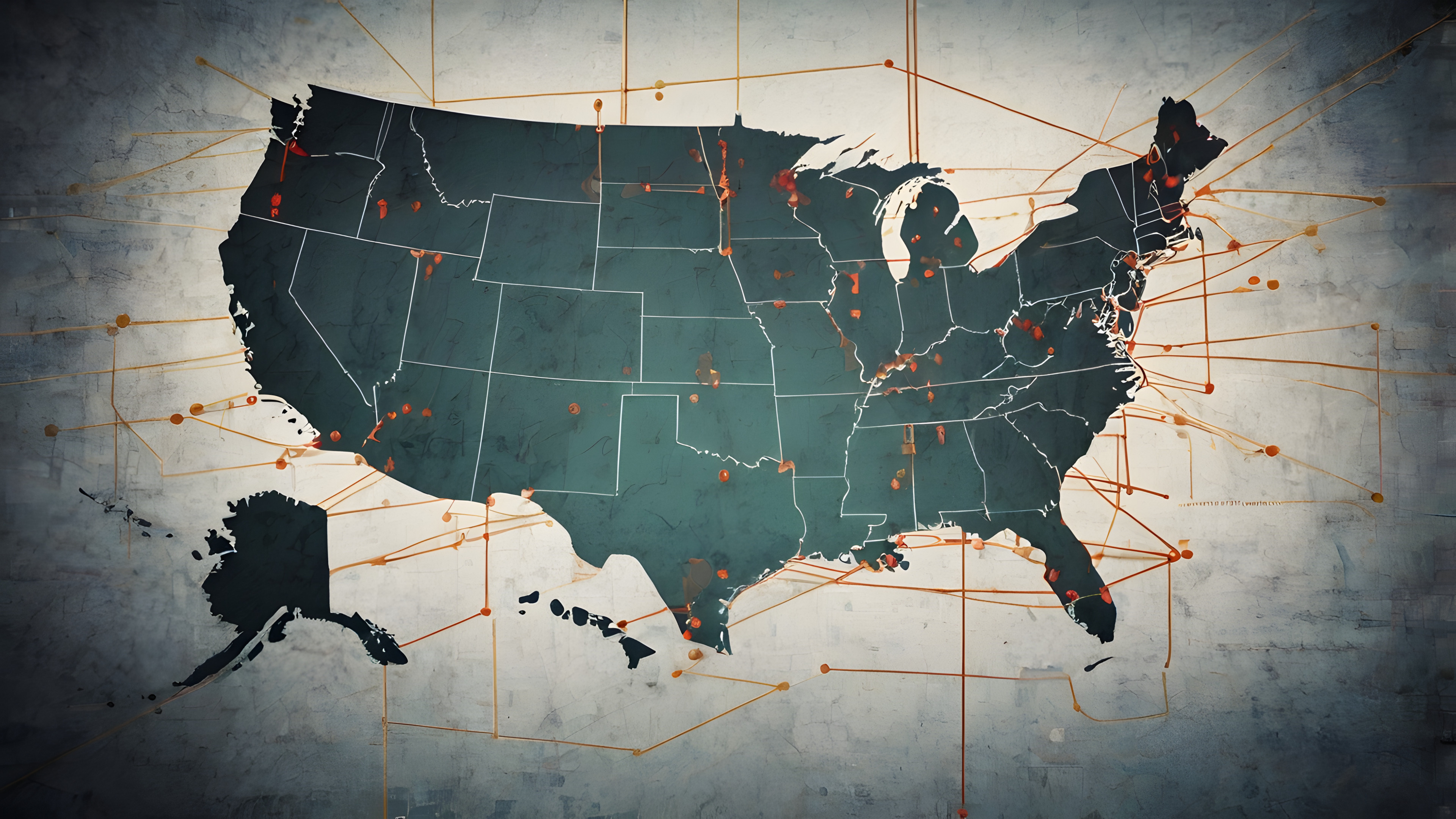Updates on recent legislative and regulatory activity impacting workers' compensation pharmacy
The MyMatrixx by Evernorth Regulatory Affairs team continually tracks and monitors legislation and regulations impacting workers’ compensation pharmacy. Below are some updates on more recent developments. You can follow many of these measures and more with our online tracker.
Alaska seeks input to improve workers’ compensation rules
The Alaska Department of Labor and Workforce Development, Division of Workers’ Compensation (DWC) is asking the public for ideas, suggestions, and input as it responds to an administrative order from the state’s governor aimed at improving “the quality, transparency, and efficiency of the state’s regulatory environment.” The DWC is particularly interested in ideas for regulatory change that may:
- Clarify existing regulatory obligations
- Reduce costs for the public, industry, or government
- Improve or streamline procedures
- Reduce administrative burdens
You can view the meeting schedule and more information on how to contribute here. MyMatrixx by Evernorth plans to submit comments recommending repeal of some outdated regulatory language related to pharmacy.
California opens 4th comment period on proposed workers’ comp UR rule changes
Following three previous comment periods, in early October, the California Division of Workers’ Compensation (DWC) posted the latest version of proposed utilization review (UR) regulations for further public comment. This fourth comment period is in response to the state’s Office of Administrative Law (OAL) disapproval of the DWC’s attempted July filing of a final adopted version. The OAL cited it needed further clarity and additional notice from the DWC. Among the substantive changes, the proposed UR revisions include changes to medication authorization procedures and requirements. Written comments during this period are being accepted through October 17. MyMatrixx has previously contributed to public comments through our trade association.
Massachusetts is gathering input on its workers’ compensation fee schedules
The Massachusetts Executive Office of Health and Human Services (EOHHS), in coordination with the state’s Department of Industrial Accidents (DIA), has scheduled a “listening session” to gather public input on the state’s current workers’ compensation medical payment rates and methodologies. While no changes have been proposed, they are seeking input from interested stakeholders to “better understand how current rates affect workers’ compensation coverage, consumer access to care, quality of care, and the overall experience of injured workers.” This may include payment rates and methodologies for pharmacies. The meeting will be held via Zoom on October 14, 2025, from 10:00 AM – 12:00 PM ET. MyMatrixx plans to attend.
New Mexico workers’ compensation proposes standard EOB codes
The New Mexico Workers’ Compensation Administration (WCA) proposed amendments and updates to its Health Care Provider Fee Schedule & Billing Instructions for 2026. The proposed updates included a statement that would permit use of standard Claims Adjustment Reason Codes (CARCs) and Remittance Advice Remark Codes (RARCs). These codes are already commonly used in explanation of benefits (EOB) and/or Explanation of Reviews (EOR). The CARC and RARC codes would be added to the current list of adopted and required state-specific EOB codes already permitted by the state. The WCA has scheduled a public hearing for October 22, with written comments being accepted until October 31. MyMatrixx plans to submit comments in support of this change.
Pennsylvania dispute over use of Redbook for AWP advances
The Pennsylvania Supreme Court has scheduled oral arguments to help settle a lingering legal dispute over the state agency’s use of Redbook as its source of average wholesale price (AWP) in workers’ compensation pharmaceutical reimbursement disputes. The appeal of the case, Federated Insurance Company v. Summit Pharmacy (Bureau of Workers' Compensation Fee Review Hearing Office), involves a dispute over correct pharmacy reimbursement.
At issue is the publication source used by the Pennsylvania Bureau of Workers’ Compensation (BWC) to determine AWP in disputes. The statute requires reimbursement for drugs to be limited to 110% of the AWP, but it doesn’t define AWP or identify an AWP publication source.
A 2024 appeals court decision rejected the BWC’s use of Redbook as the AWP publication source in disputes and directed the BWC to adopt a new AWP source. To date, the BWC has not determined an alternative publication source that it believes meets the court’s criteria and does not jeopardize access to prescription medications for injured workers. Fee disputes have also been placed on hold.
MyMatrixx has been engaged with Pennsylvania industry groups as they await resolution of this litigation. We have discussed pharmacy reimbursement with regulators and legislative staff for potential changes to the law given the litigation and concerns with high pharmaceutical costs, particularly topical medications. Related MyMatrixx advocacy on the issue of high-cost topicals was discussed in this recent blog post.
